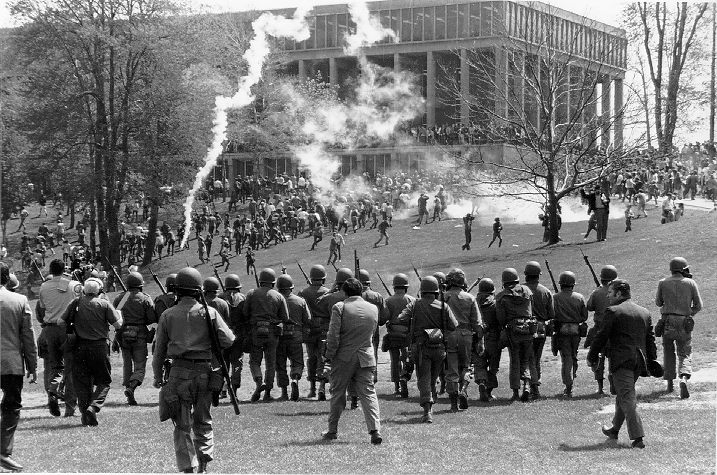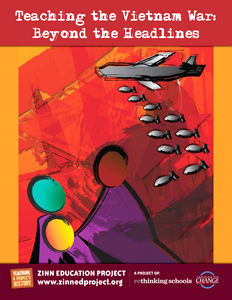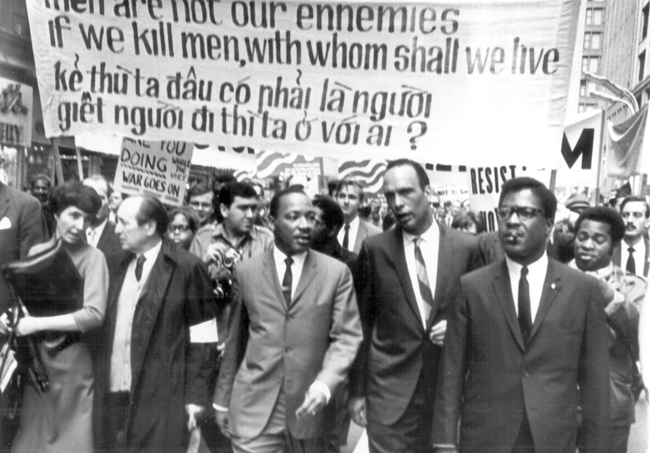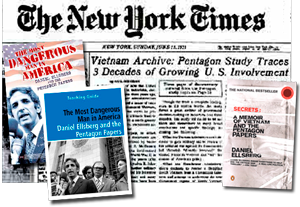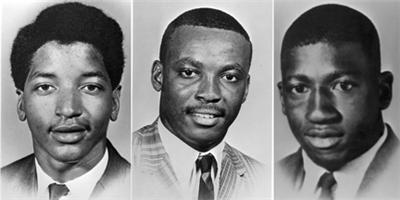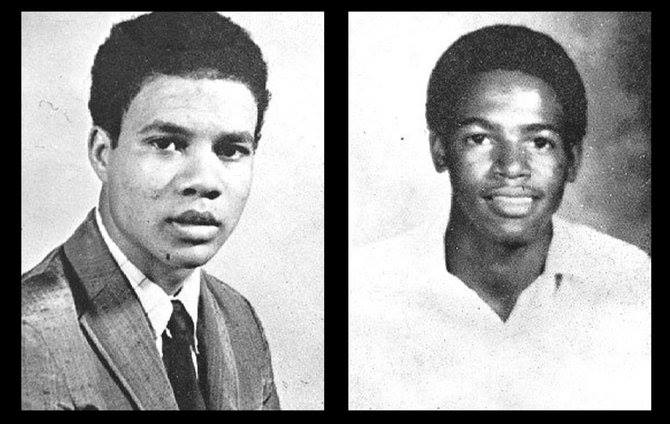Journalists demand end to harassment after US police launch over 100 attacks on the press this past weekend
Charles Davis BUSINESS INSIDER 6/1/2020
Police face off with activists during a protest march near the Manhattan Bridge on Sunday, May 31, 2020, in New York. Demonstrators took to the streets of New York to protest the death of George Floyd, who died May 25 after he was pinned at the neck by a Minneapolis police officer. AP Photo/Kevin Hagen
US police launched over 100 attacks on credential members of the press over the weekend, according to a count by the investigative news organization Bellingcat.
US police launched over 100 attacks on credential members of the press over the weekend, according to a count by the investigative news organization Bellingcat.
In a June 1 open letter, leading press organizations pleaded with law enforcement to "halt the deliberate and devastating targeting of journalists in the field."
Aaron Miguel Cantú, a freelance journalist in Los Angeles who was arrested over the weekend, told Business Insider that reporters are now learning that "police have grown so powerful that there is nobody left to meaningfully hold them accountable for their actions."
In Minneapolis, local law enforcement took aim at Linda Tirado, a photojournalist, and shot her eye out as she tried to cover protests over the police killing of George Floyd; they later subjected a black journalist from CNN to wrongful arrest. In Louisville, TV reporter Kaitlin Rust and her crew were targeted by local cops who peppered them with non-lethal bullets during a live broadcast.
In just four days, according to a count by the investigative news outlet Bellingcat, US police attacked journalists over a hundred times.
The police violence against a free press spurred a response Monday from leading journalism organizations, and a reminder for law enforcement: "These cities belong to all of us."
"You must persuade your colleagues, commanders and chiefs, and the mayors and governors who direct them, to halt the deliberate and devastating targeting of journalists in the field," reads a June 1 open letter to police endorsed by groups such as the Society of Professional Journalists, Reporters Without Borders, the Committee to Protect Journalists, and the National Press Club.
"Over the past 72 hours police have opened fire with rubber bullets, tear gas, pepper spray, pepper balls and have used nightsticks and shields to attack the working press as never before in this nation," the letter states. "When you silence the press with rubber bullets, you silence the voice of the public. Do not abandon our Constitution and its First Amendment."
Aaron Miguel Cantú, a freelance journalist in Los Angeles who was briefly detained while covering protests on Saturday, told Business Insider that while this weekend's incidents may be alarming, what's new is the attention they are receiving.
"Journalists across the field are now learning firsthand what may having been saying for the last decade: American police have grown so powerful that there is nobody left to meaningfully hold them accountable for their actions, particularly at large street protests," Cantú said. In 2017, he was arrested and charged with "conspiracy to riot" while covering protests during President Donald Trump's inauguration; the charges were ultimately dismissed after a prolonged legal battle.
With the president declaring reporters "enemies of the people," harassment of the press is spreading to new quarters.
Freelance journalists have been targeted with "violence and arrest by police for years," Cantú noted, "and now this kind of targeting increasingly includes journalists by corporate media outlets."
















